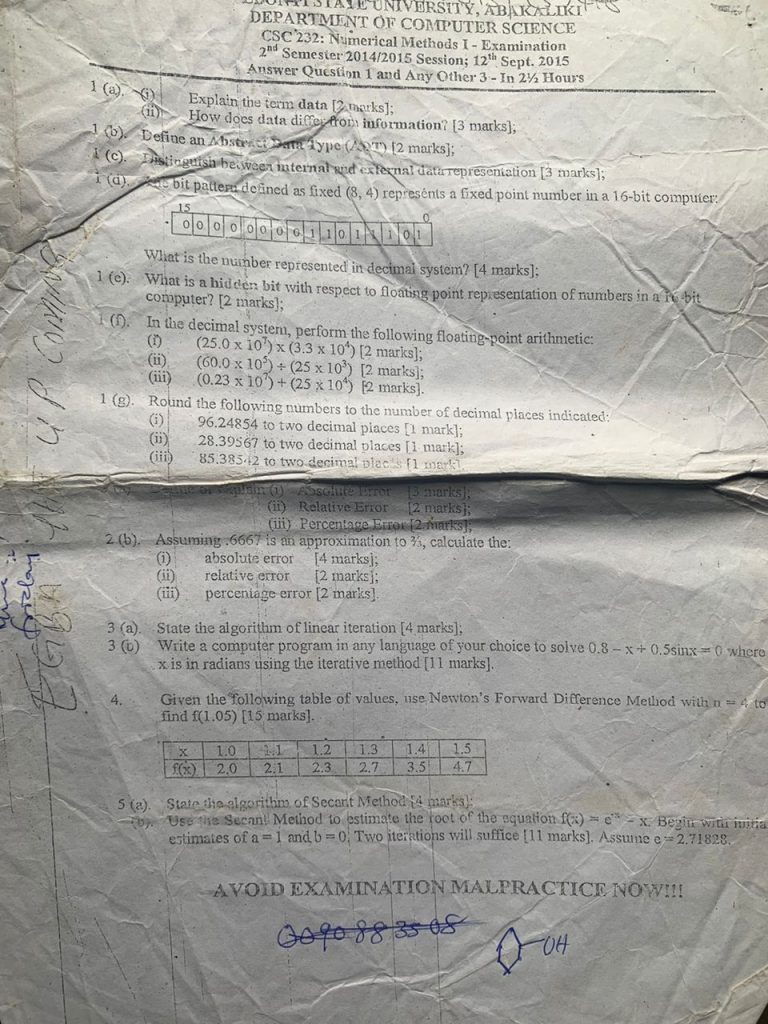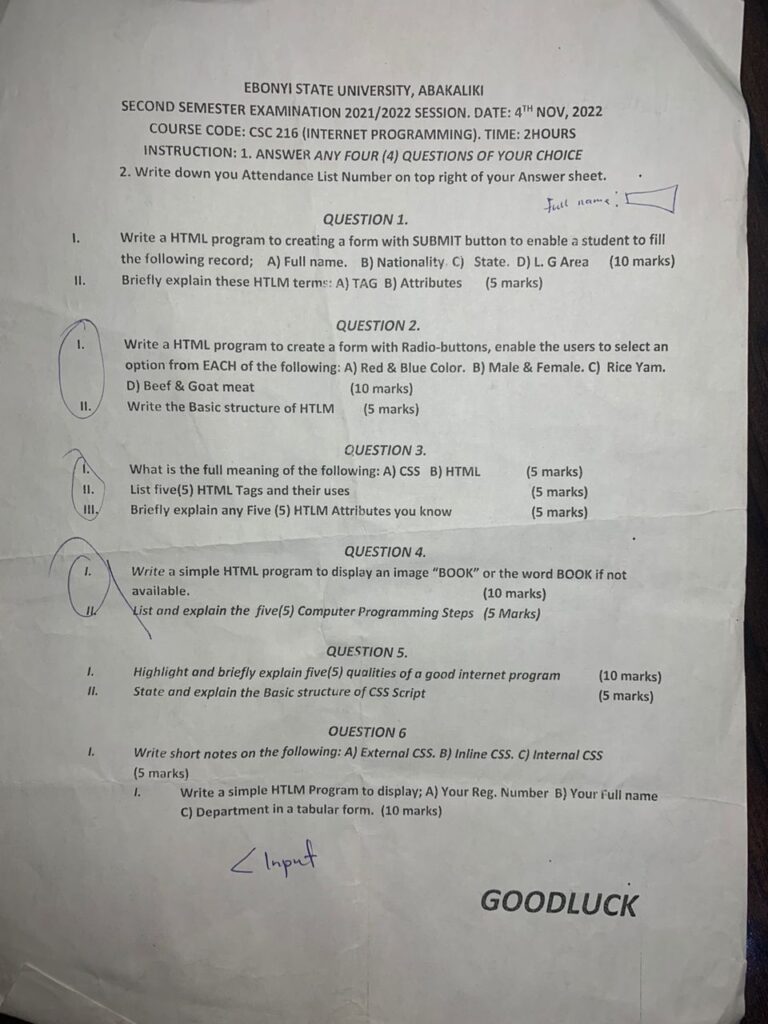Important Facts on SUPPORT AND SKELETAL SYSTEM
SUPPORT AND SKELETAL SYSTEM
The skeleton serves as the framework for the body, categorized into three types:
- Cytoskeleton
- Hydrostatic
- Exoskeleton and
- Endoskeleton
The skeletal system provides support, protection, facilitates movement, and serves as points of attachment.
The Axial Skeleton comprises:
- Skull
- Jaws
- Ribs
- Vertebral Column
The first seven ribs are termed “true ribs,” ribs 8 to 10 are false ribs, and ribs 11 to 12 are floating ribs.
The Appendicular Skeleton consists of limbs and girdles. Vertebrae include:
- Cervical vertebrae (neck region)
- Thoracic vertebrae (chest region)
- Lumbar vertebrae (abdomen)
- Sacral vertebrae (hip)
- Caudal vertebrae (tail region)
All vertebrae share common structures like the centrum (body), transverse process, and zygapophysis (articular surfaces).
The adult human has 206 bones, while an infant has 270.
JOINTS
Joints are where two or more bones meet. Various types of movable joints include:
- Hinge joint: Allows movement in one direction (e.g., knee, ankle, fingers).
- Ball and socket joints: Permit movement in all directions (e.g., shoulder).
- Gliding joint: Enables sliding over each other (e.g., wrist).
- Pivot joint: Facilitates nodding (e.g., odontoid process of the axis with the atlas).
Don’t forget to share with your friends







This is really helpful
Thanks for this helping contexts